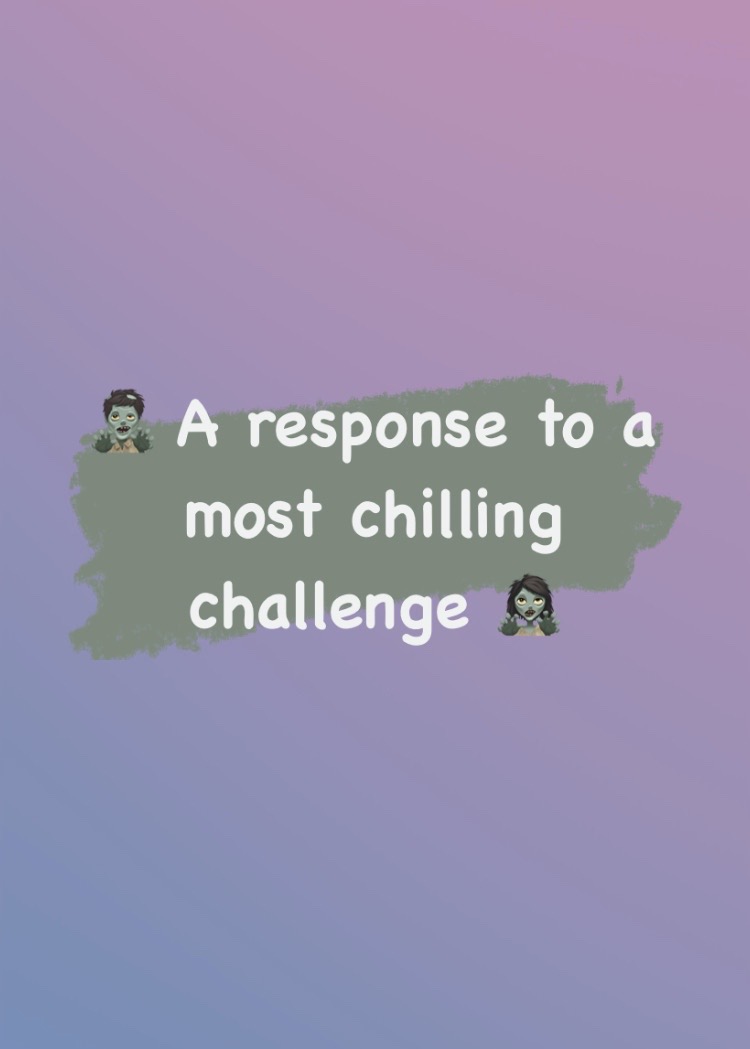In any October that is not 2020, I, along with countless other Americans, will line up to enter haunted houses. We line up to walk through a land of make-believe. It heightens our senses, brings us a sense of whimsy, awe, and terror. All-in-all it is escapism — we voluntarily go into a twisted version of our reality. I am willing to bet I’ve been to more haunted houses than most. But you know what is scarier than an overt werewolf or crazed-chainsaw-wielder theme? The “fun houses” with the distorted mirrors and dead ends. You see, if I follow the path of a zombie haunted house, for instance, I will get out; it is only a matter of time. However, in the more-childish counterpart, it is conceivable that I never find my way out. They’ll roll me out when the exhibit closes down in November. The warped glass, and reflections that lead to a mirrored cul de sac are measurably more frustrating and scary.
This fun house is how teaching in the first quarter felt. There was no boogie man lurking, but I was not operating in reality. I did not know if I was making the right turn, and I was not entirely sure I was ever going to escape the warped reality. In short: during the final week of the quarter, I was despondent.
Always one to practice mental health exercises, before my fall break, I jotted down some triumphs I had with my students:
- Our class moved from an average of 33 words per minute to an average of 55.
- The students logged 578 hours of independent reading.
- We read works from W.E.B Du Bois, Octavia Butler, Jules Verne, and Ray Bradbury.
- We learned 60 new vocabulary words.
- We wrote a 5 paragraph essay — we even learned how to use dashes!
This list made me surprisingly happy; it made me optimistic, and I felt like I got out of that mirrored fun house just fine.
So, I decided to reach out to other educators to hear what triumphs they encountered in their first quarter of school. I originally expected 3 to 5 respondents, and I would share everything I got, but I ended up with 34 participants including preschool STEM teachers, middle school physical educators, high school ceramics, and more. It seems there was a lot for which we should be proud!
Many teachers told me how they found unexpected improvement as a result of the unprecedented system, like Alex Panell who explained that by digitizing all her lesson plans, she was able to “stay ahead;” she noted that she always worked weekends and evenings before, but now she could pre-plan a flex curriculum that gave her some free-time back. Erica Davis noted that she was able to focus on providing direct feedback, and limited the focus on grades. Ying Shao mentioned that online learning made the importance of differentiated instruction more clear.
Cara Wright, who runs a medical arts program, couldn’t take her students into the field, but found her remote assignment for students to write a reflective journal and present to the principal solutions for students experiencing a tough time, mentally, with remote learning.
Several teachers had a similar reaction to online learning. Sarah Underwood and Ethel Bhuthapatil had no problem creating virtual relationships and making classroom connections; while Angella found that she was often “laughing with people [she] had not met.” Jaime Camero, a sixth grade science teacher, was surprised at the bond she could make with her students and is eager to meet them all in person.
Lori Fox was impressed how her students happily greeted their peers daily, and Petra Schmid-Riggins looked forward to her friendly and eager German students every day. Rebecca Brinkman loved how her third grade “ducklings” could talk about mental health, share compliments with one-another, and enjoy more frequent read-alouds. Similarly, Jenniffer Lee noted that her daughter actually made authentic connections with her peers over Zoom classes; there was no normal high school pretenses and distractions — “just good old-fashioned conversation.”
Some teachers responded to quantify their success. Sreevelmurugan Vamadevan explained that 90% of students are comfortable with and can navigate the platform Canvas; meanwhile, Luke Red pointed out that he had 95% attendance rate — a higher rate than in-person school ever had. Donna Kosis was pleased with how many of her students found success and focus in their remote practice.
There were some professional victories for some educators like Tanner Bollman who enrolled enough students for a full kindergarten class at his STEM center. Nancy Foote actually had her first book published, and it became a bestseller.
Candace Doerr and Michelle Foster both mentioned that their triumph came when parents took the time to acknowledge their efficacy and efforts. In a similar manner, Deana Scott noted that being connect not just to the child, but to the parents as well through the online platform has set her students up for future success. Teaching preschool students who have autism, Deana could see the work and effort the parents were putting in, and she could provide real concrete help to each family. At the other end of learning, Melynda McBride has near-adults in her classroom as she teaches seniors. Melynda shared a story about a senior facing truly agonizing challenges in the face of COVID-19. The quarter was rough and heartbreaking for the student, but Melynda was able to build a strong bond that she believes will set the student up for success for the remainder of the year.
Holli Taylor viewed how she prioritized her students needs as a triumph. Her in-person students, who abruptly ended their last school year needed to be “inspired to heal, reconnect, and feel safe.” She believes her focus on this at the beginning of the year created an environment where every student is willing to take risks and grow together.
More often than not, teachers explained that the unique platforms would not stop them from teaching their content, or from their students learning.
Lindsie Spengler had her students produce personal narratives that reflected improvement of literary skills and improvement of writing in general.
Amy Corner took the opportunity to offer more choices to her PE students. Students, she noticed, hated “exercising on camera,” so she offered off-camera choose your-own-adventure including mediation, exercise, or health-related reading assignments.
Samantha Calise turned her backyard into a “class garden.” She also dropped off seeds with each student’s house so they can all grow together.
Jennifer Pulbratek had students share daily progress photos of their coil pots they were constructing. Jennifer mentioned that an ambitious student even started adding roses to her project, which intimidated others, but her class still forged on completing artwork at home and having a place to share with others.
Sho Kroeger had worked with Arizona Game and Fish Department to procure frogs that the department had to remove from environments for invasively disrupting the ecosystem. With classes online, the students had to watch a video of a dissection with biologists narrating the process and the findings. The biologist agreed to visit class live after fall break so that students can ask her questions directly as they finish up their lab report findings and conclusions.
And, finally, Sherri Brenner found an important triumph just in how her in-person students behaved. Sherri mentioned an air of pessimism facing the class in August: no way would the students with autism leave their masks on all day. But through reminders, and social stories, the students all got the hang of it, and understood the importance. Sherri’s students wore masks all day long without issue.
We were always going to go into the fun house, or the haunted house — it’s what we do. We look forward to the challenge, and we understand the anxiety that comes with our adventure. In the middle, or near the end, we may question our choice to enter at all. But once we get out, we have stories, lessons, and experiences that will not soon fade. When I asked for a few participants to share “triumphs,” I received an overwhelming response. I had to leave out some details. The point is: we made it out, and we all have something interesting and fun to share.
Did you have any triumphs you want to add to our pile? Was there a particular triumph from another teacher you found inspiring or meaningful? Be sure to comment below!










Comments 2
I love this! It’s great to remember the success we have found during this time because it’s so much easier to focus on the not to successful…My success is finding a solid routine for my students. They need structure and continuity right now and I’ve worked really hard to provide it.
This was such a great picker-upper!